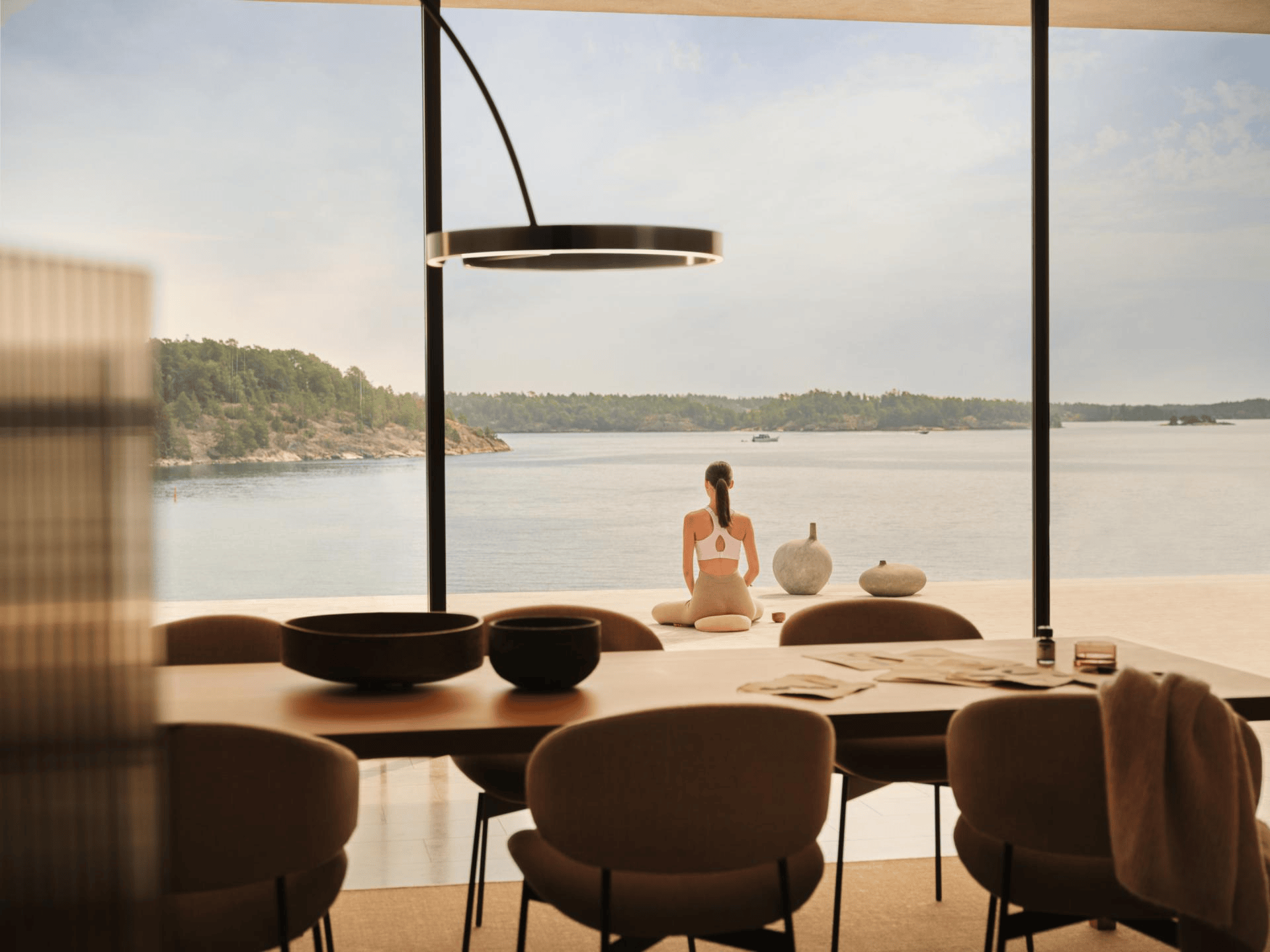
In recent years, the term ‘quiet luxury’ has gained popularity, extending from fashion to interiors. During this period, it has not only found a place among the most stylish properties worldwide but has also continued to evolve, becoming increasingly sophisticated.
Quiet luxury is synonymous with rich woodwork, kitchens that feel like living spaces, a less-is-more mentality and simple hues that maintain warmth and texture. The name of the trend speaks for itself, embodying the things that speak volumes without being loud, influencing how you feel in a space rather than being purely focused on what you see.
Eschewing the ostentatious for the deliciously discreet, the BBC described it as being about homes that ‘whisper rather than scream luxury’, while Homes and Gardens called it the ‘old money’ aesthetic. Using subtle colours, sustainable materials and natural influences, the devil is in the high quality details, prioritising refinement and a sense of calm sophistication.
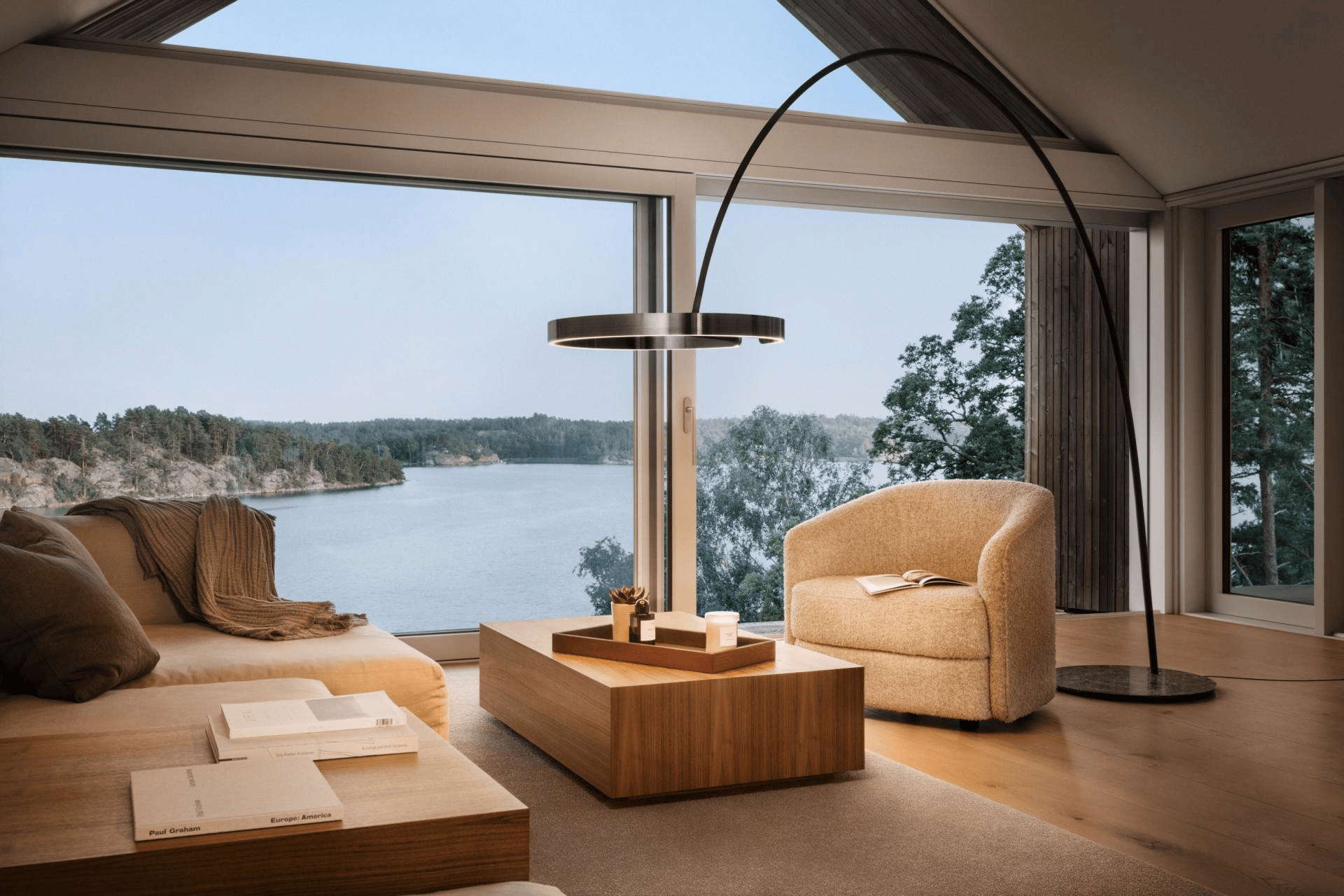
Timeless trends
The irony of quiet luxury being a trend, as far as we’re concerned at least, is that its most defining feature is its timelessness. Coco Chanel once declared: “fashion changes, but style endures,” and this is very much at the heart of quiet luxury. It doesn’t conform to specific stereotypes, instead, quiet luxury delivers the ageless beauty of something that resonates across time and place.
For us, this isn’t a new idea, but rather the hallmark of great design itself. From Mesopotamia to the modern world, we see cultures, ideas and artistic influences that still resonate today, growing increasingly valuable with age. Neither frivolous nor intended to be a passing fad, true luxury lasts a lifetime – you can see that in the world’s most enduring styles, such as Georgian architecture and Art Deco design.
There are artefacts that continue to be as mesmerising in the 21st century as they would have been a thousand years ago and materials like natural stone and characterful timber that have grown in beauty across the millennia. This understated beauty of substance and story telling is the epitome of quiet luxury.
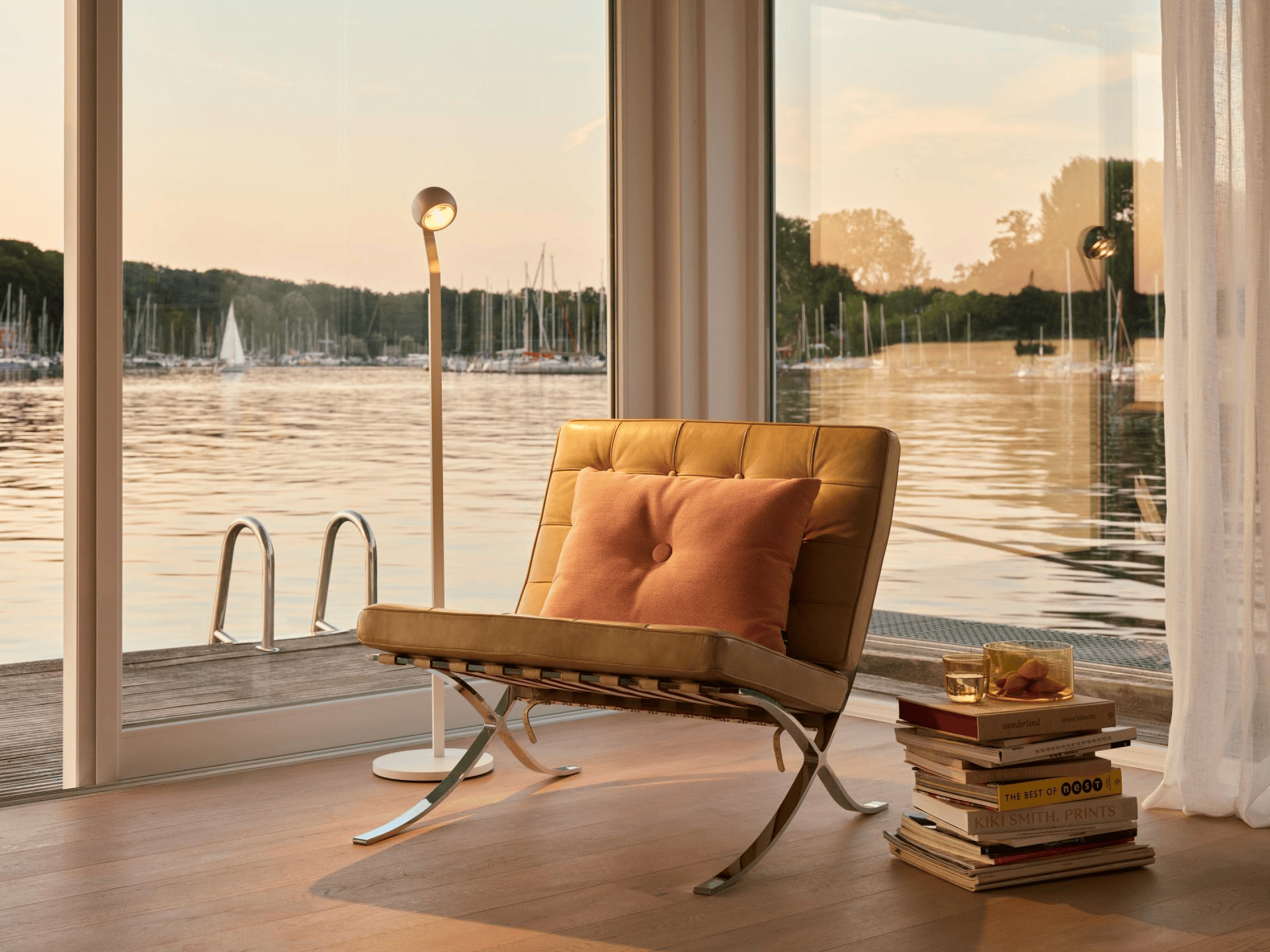
Translating timelessness into our homes
In home interiors, how do we translate that kind of time assured elegance into lived space? The key is balance. As human beings we have a natural tendency towards beauty, and for us, balance is a key part of that, influencing not so much what we see, but how we feel. From a painting on the wall to the room itself, beauty resonates with us as individuals, and within it we seek a sense of harmony. Our Design Director, Niko Rasides, says:
“Quiet luxury, for me, is when you feel an energy. There’s nothing bold, nothing competing for your attention; it engages you because it’s divine without effort – that’s the distinction.”
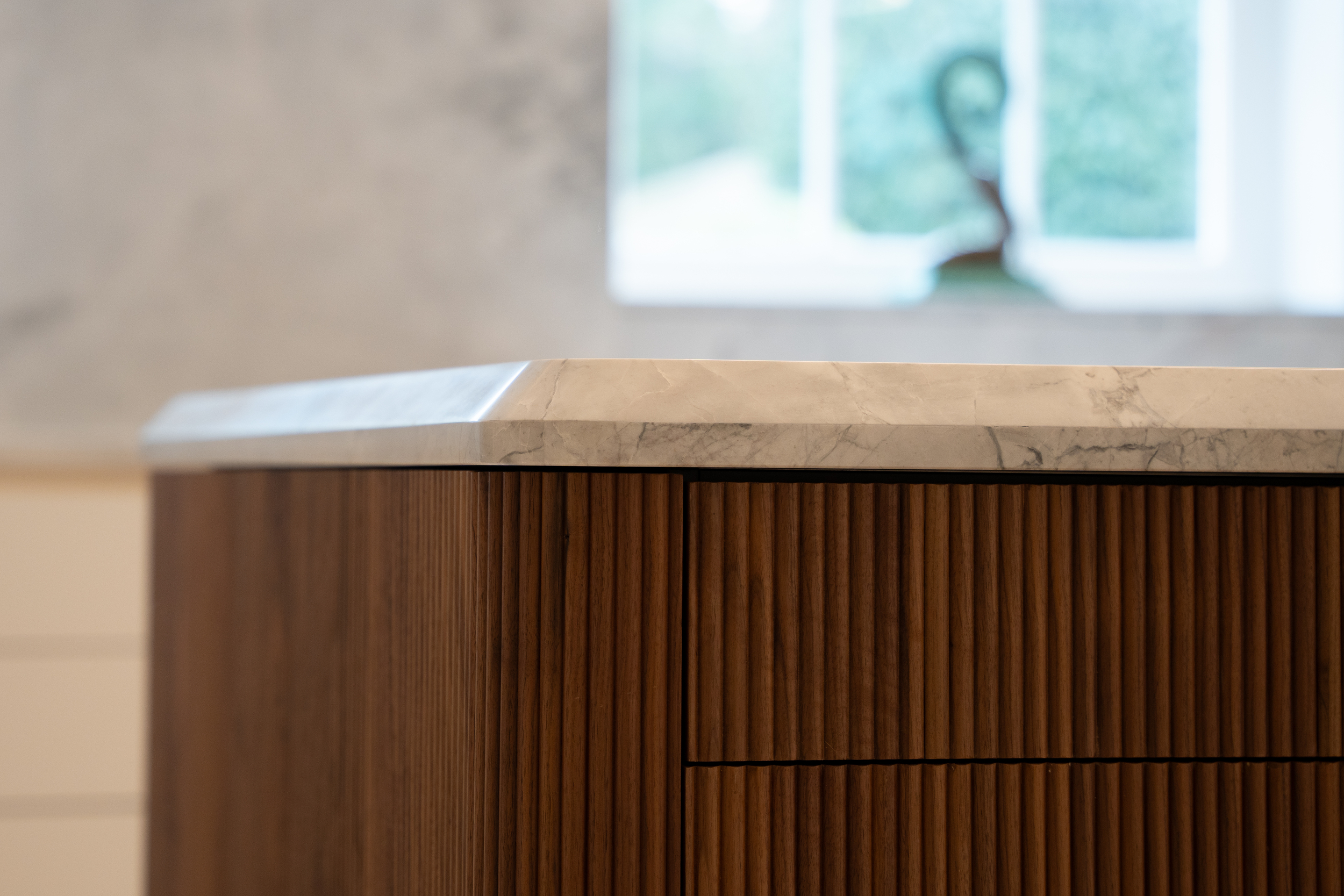
The effort to look effortless
That said, there’s great skill and effort that goes into making a space, an outfit, a look and a design appear effortless.
At the heart of them all is craftsmanship – usually of the handmade variety – marked by a precise approach to detail and an innate ability to avoid overworking or over complicating. While mass production is useful, it often results in soulless products, whereas quiet luxury is imbued with the vision of the designer.
These are amongst the reasons that for us at Nicholas Anthony, quiet luxury and great design are the product of many things, but chief amongst them are these:
Connectivity with nature: the materials, natural light and even the colours.
The character of the person who lives there: through the inclusion of personal items, art and a reflection of the life that is lived in the space.
Craftsmanship: an uncompromising commitment to quality.
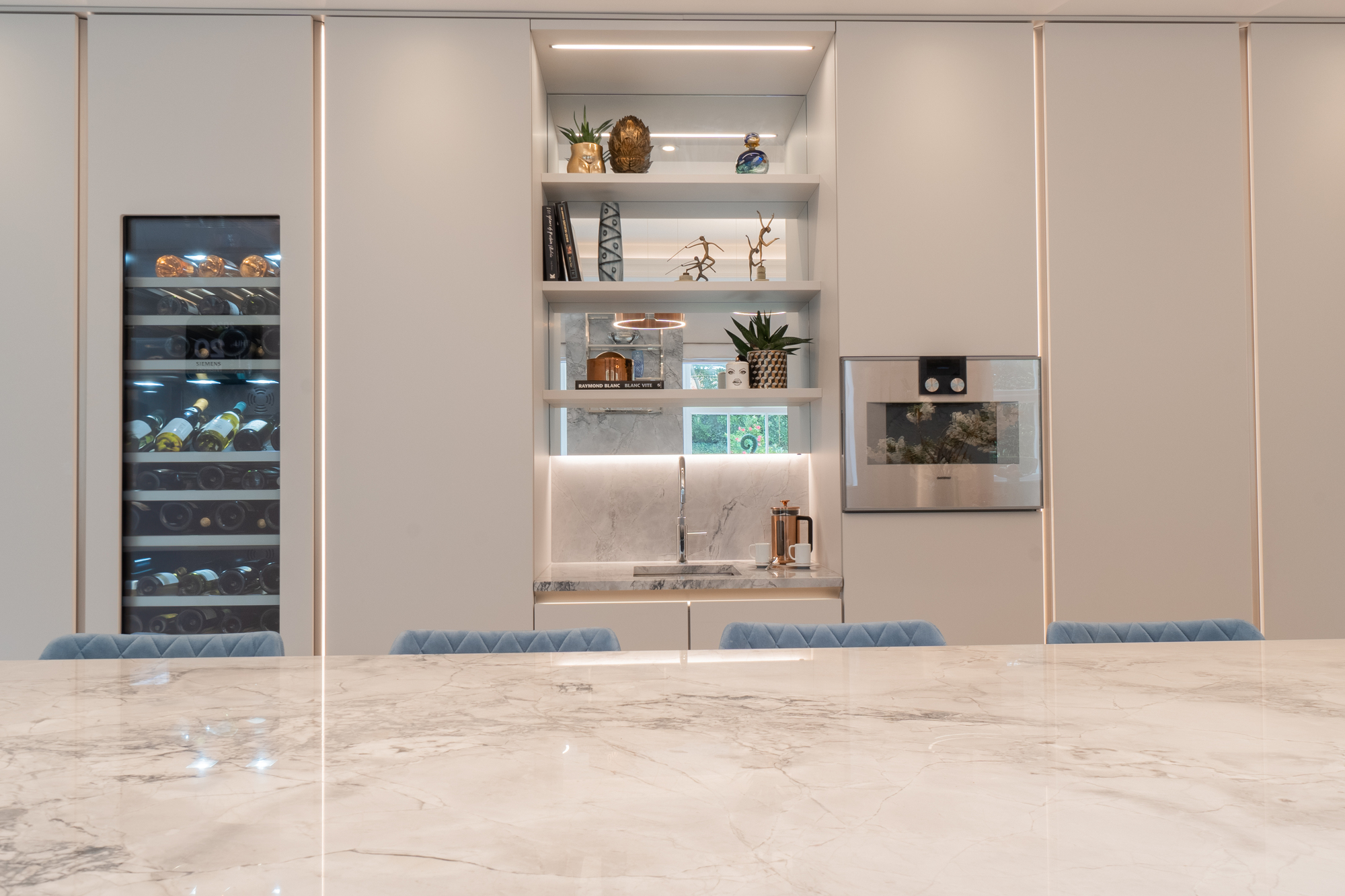
Quiet luxury in practice
In our own work, these fundamentals – connectivity, character and craftsmanship – ring true in every project, no matter how different they are from one another. You can see luxury in its myriad forms, from the antique objets d’art that lay the foundations of a property on the Crown Estate, to the organic shapes and natural light that defined a sculptural home in the South Downs National Park.
Yes, there are things that we have come to think of as synonymous with quiet luxury in its current guise – muted colours, textured fabrics, vast windows and carefully selected plant life. However, when it truly comes to putting quiet luxury into practice, the rules are that there are no rules – you can’t dictate what quiet luxury is from one home to the next, but you will know it when you find it, and most importantly, when you feel it.
View our Case Studies to discover more luxurious homes from Nicholas Anthony




